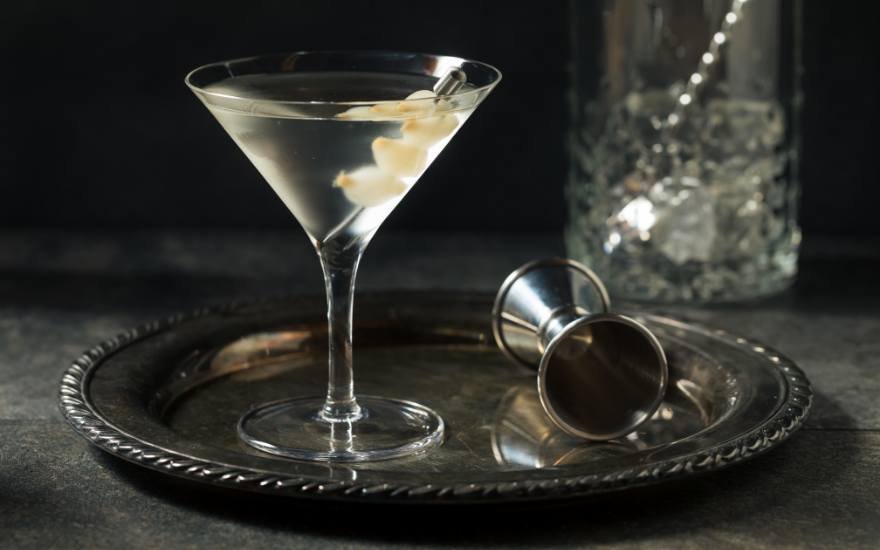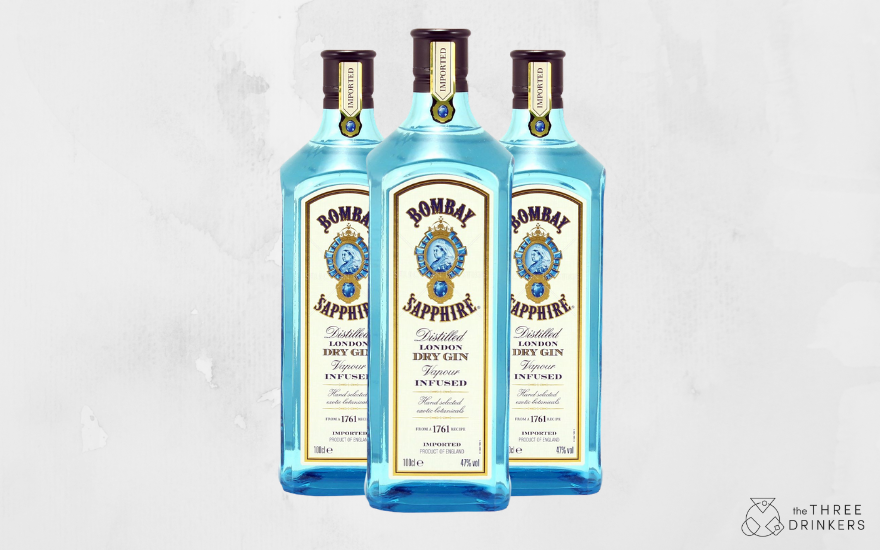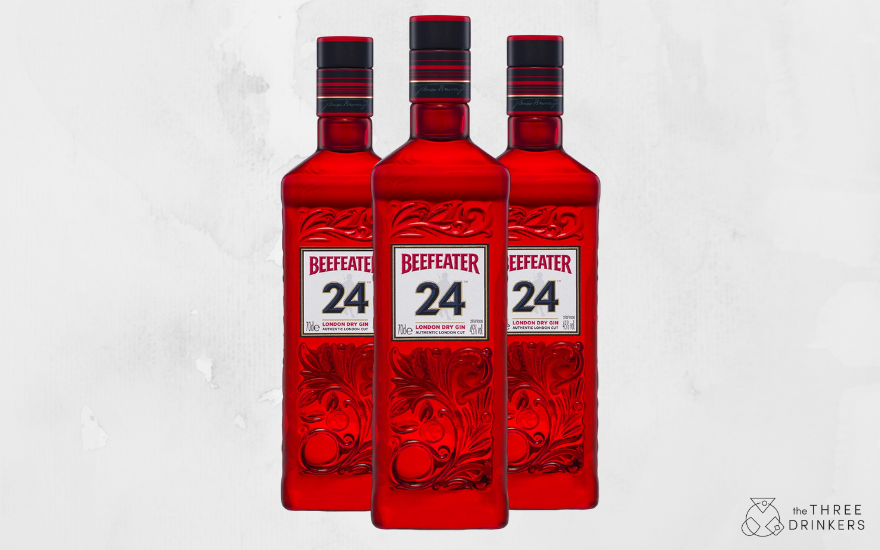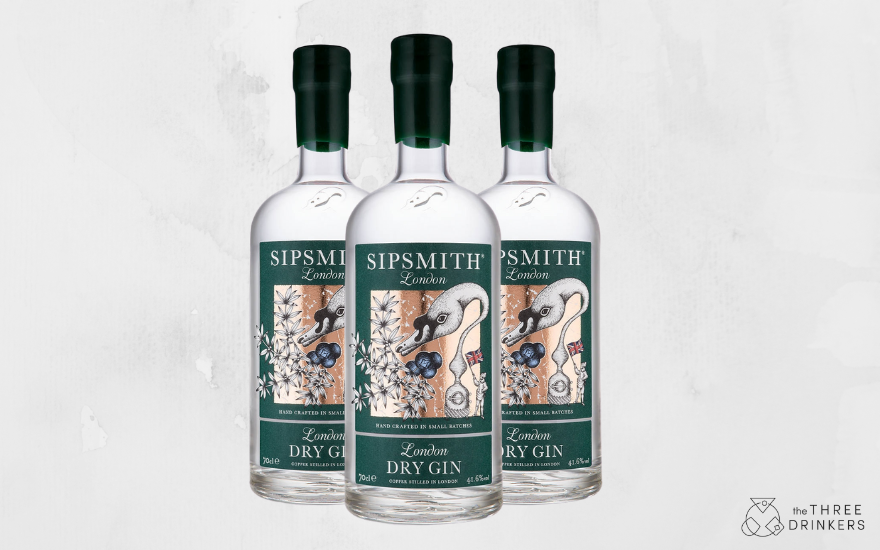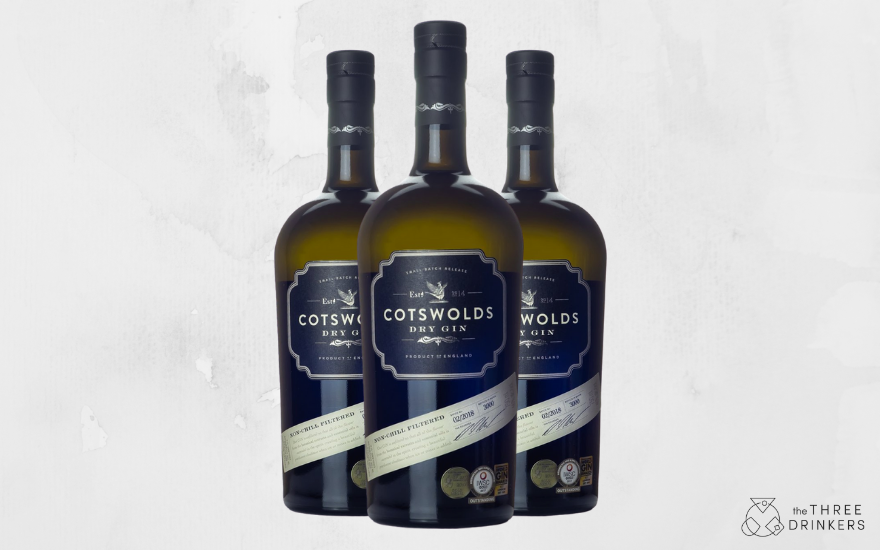Few cocktails enjoy the title of ‘icon’ like the martini. Fewer still conjure up as much intrigue, mystique, and timeless allure. The martini has long been the drink of choice for secret agents, Hollywood titans and cocktail purists alike. Whether it’s served bone-dry, wet, dirty, with a twist or shaken within an inch of its life, the martini is more than a drink - it’s a statement.
However, with such great renown also comes great confusion. What exactly is a proper martini? Why are there so many versions? And perhaps most importantly, is there such a thing as the perfect pour?
Let’s sift through the centuries-old history of the martini, uncover the subtle truths behind each tale, and find out why it deserves a spot on everyone’s drink list.
The Original MARTINI
There’s a lot of conflicting noise about the origins of the martini, but most agree that it emerged sometime around the late 19th to early 20th centuries. The most widely accepted theory tells us that the Martini is descended from the Martinez, and yet we immediately face a problem: the origin of the Martinez is itself under dispute. The obscure ancestry of the Martini fosters a hotbed of storylines open to interpretation. It's this air of mystery that elevates it from a cocktail to its legendary status.
The Myth of Rules
“This is how you should make a Martini.” You’ve probably heard that before, but such a statement is fiction. While there are guidelines for making a Martini, it really is up to personal preference.
A classic Martini recipe is remarkably simple: five parts dry gin, one part dry vermouth and a dash of orange bitters. The magic number three is at the heart of the Martini, and with a quick stir, plus a twist of lemon, you’re gifted with something clean, elegant, and delightfully aromatic.
In the real world, everyone is unique, and the same goes for martinis. A simple way to understand the drink is to compare it to jazz. Jazz is beloved for its open-mindedness: yes, there’s structure, but creativity is encouraged.
When it comes to Martinis, marching to the beat of your own drum is literally encouraged, so feel free to enjoy it however you wish. After all, it is one of the few cocktails where the bartender asks you how to make it.
A Drink for One and a Drink for All
Take a moment to envision yourself with a martini in hand. Where are you? What do you see? There are no wrong answers. You don’t have to be in a fancy hotel bar in Mayfair, nor do you need to have the finest ingredients sourced from some obscure part of the world - the corner shop at the end of the road has all you need.
Make no mistake, the martini is a deeply personal drinking experience, but the variety of preferences and rituals in how it is made invites a world of conversation bound to make you fast friends with anyone at the bar.
The martini represents the driving force behind why we go to bars in the first place: to bring people together. This applies just the same at home with our off-the-shelf ingredients. There’s no need for a swanky outfit or a posh speakeasy.
The Legend of Martini
Stories evolve, as do people, and so too does the martini with them. It is (arguably) an evolution of older drink recipes that hasn’t stopped in modern times. Rather, if anything, the variations have grown exponentially, and we are blessed to be living in a time where bartenders and the martini-curious are experimenting their tails off to find the latest fix.
Gin or vodka infused with olive oil through fat-washing, dry vermouth spiked with exotic herbs -today’s martinis are playgrounds of flavour and innovation. This is a drink that invites everyone to leave their mark, turning myth into legend with every pour.
The Perfect Pour Is Yours
Now you know a little bit more about where the martini came from, and why it’s a drink for anyone - the only thing left to do is try one! When you do, try the different variations, so you can find the perfect pour for you, because let’s be honest: that’s what truly matters.
James Bond famously ordered his martinis “shaken, not stirred.” This isn’t wrong, it’s just a preference! Shaking introduces more air and dilution, resulting in a lighter and frothier drink. This is perfect for 007, and maybe it’s perfect for you. There’s only one way to find out!
If you’re a little stumped about where to start, here are a few tried and tested options to help you on your way. Remember, though, it’s ok to play around with it - we can all add our own twist, and in doing so, we continue to share the story of this most legendary drink.
The Classic Dry Martini
Ingredients
60ml (2oz) London Dry Gin or Vodka
10ml (0.33oz) Dry Vermouth
1 dash orange bitters (optional)
Method
Stir over ice until well chilled, about 30 seconds. Strain into a martini glass and garnish with a lemon twist or olive.
The Dirty Martini
Ingredients
60ml (2oz) Gin or Vodka
15ml (0.5oz) Dry Vermouth
15ml (0.5oz) Olive Brine
Method
Stir over ice (or shake) until well chilled. Strain into a martini glass and garnish with olives.
The Reverse Martini
Ingredients
60ml (2oz) Dry Vermouth
10ml (0.33oz) London Dry Gin or Vodka
1 dash orange bitters (optional)
Method
Stir over ice until well chilled, about 30 seconds. Strain into a martini glass and garnish with a lemon twist or olive.
However you like it, the martini is your story to tell. If this has got you thirsty for more cocktails, why not check these out?








